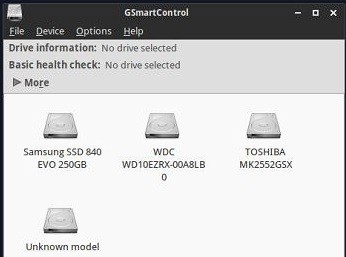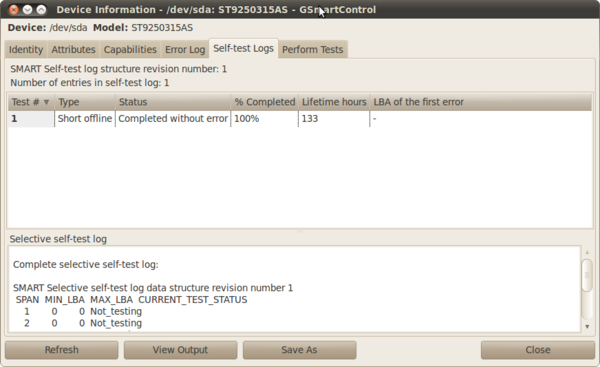
The Linux kernel provides a tool chest for configuring MMC devices from user space named mmc-utils. How to Clone Embedded Linux on eMMC Based Toradex Modules.There is a specific article for this topic: How to Erase the eMMC Flash Memory on Toradex Apalis or Colibri Modules.Įven though discouraged, it is possible to copy the eMMC contents for backup or replication purposes.This reports the actual usable space for each partition and happens due to file system overhead - things such as the inode table and file system journal. dev/mmcblk0p1 16116 5179 10937 32 % /media/mmcblk0p1įrom the command above the total size of the kernel and device tree partition is 16502784 bytes and the root file system is 3702120448 bytes. Alternatively, one could get the block devices and partition sizes using the command # dfįilesystem 1K-blocks Used Available Use% Mounted on In addition, the user area size is 3850371072 bytes, being 16777216 bytes for the kernel and device tree partition and 3829399552 bytes for the root file system. Units = cylinders of 64 * 512 = 32768 bytesĭisk /dev/mmcblk0boot1: 16 MB, 16777216 bytesĭisk /dev/mmcblk0boot1 doesn 't contain a valid partition tableĭisk /dev/mmcblk0boot0: 16 MB, 16777216 bytesĭisk /dev/mmcblk0boot0 doesn' t contain a valid partition tableįrom the above output, notice that boot area does not have a partition table. FAT32 partition - Kernel and device tree.Ĭonsideration About Disk Size and Free Space # fdisk -lĭisk /dev/mmcblk0: 3850 MB, 3850371072 bytesĤ heads, 16 sectors/track, 117504 cylinders.To use it, a key must be programmed into it once and then provided when writing or reading. It can be used to store sensitive data such as authentication keys or any other information that shouldn't be on regular storage for security reasons. RPMB stands for Replay Protected Memory Block. Raw partition - U-Boot bootloader and environment, Toradex factory configuration block.

The default partitioning scheme of an eMMC-based Toradex module is as follows: It is a vendor-specific area that uses an underlying storage technology more reliable than the user area, for instance, SLC or pSLC instead of MLC. The eMMC device has a boot area, which is seen as a different block device than the regular user area. On the other hand, eMMC is widely different from those and its peculiarities must be taken into consideration when choosing and configuring the file system.Īs of the embedded Linux BSP 2.7b4, Toradex switched from using ext3 to ext4 by default, therefore ext4 is the current file system adopted in our BSP.

As an implication, any file system used in HDDs and SSDs can be employed on eMMC devices. The eMMC standard provides an interface in which the device is seen and treated as a block device by Linux. The section is divided by topics of interest, as for instance flash health status, pSLC and reliable write.

Webinar Flash Memory in Embedded Linux Systems.Blog post What you should know about Flash storage.For more information about flash memory technologies, check our additional resources: Is this page helpful? eMMC (Linux) Introduction Īn eMMC (Embedded MultiMediaCard) device is a raw NAND chip with an integrated controller that abstracts concepts such as wear-leveling and ECC.


 0 kommentar(er)
0 kommentar(er)
